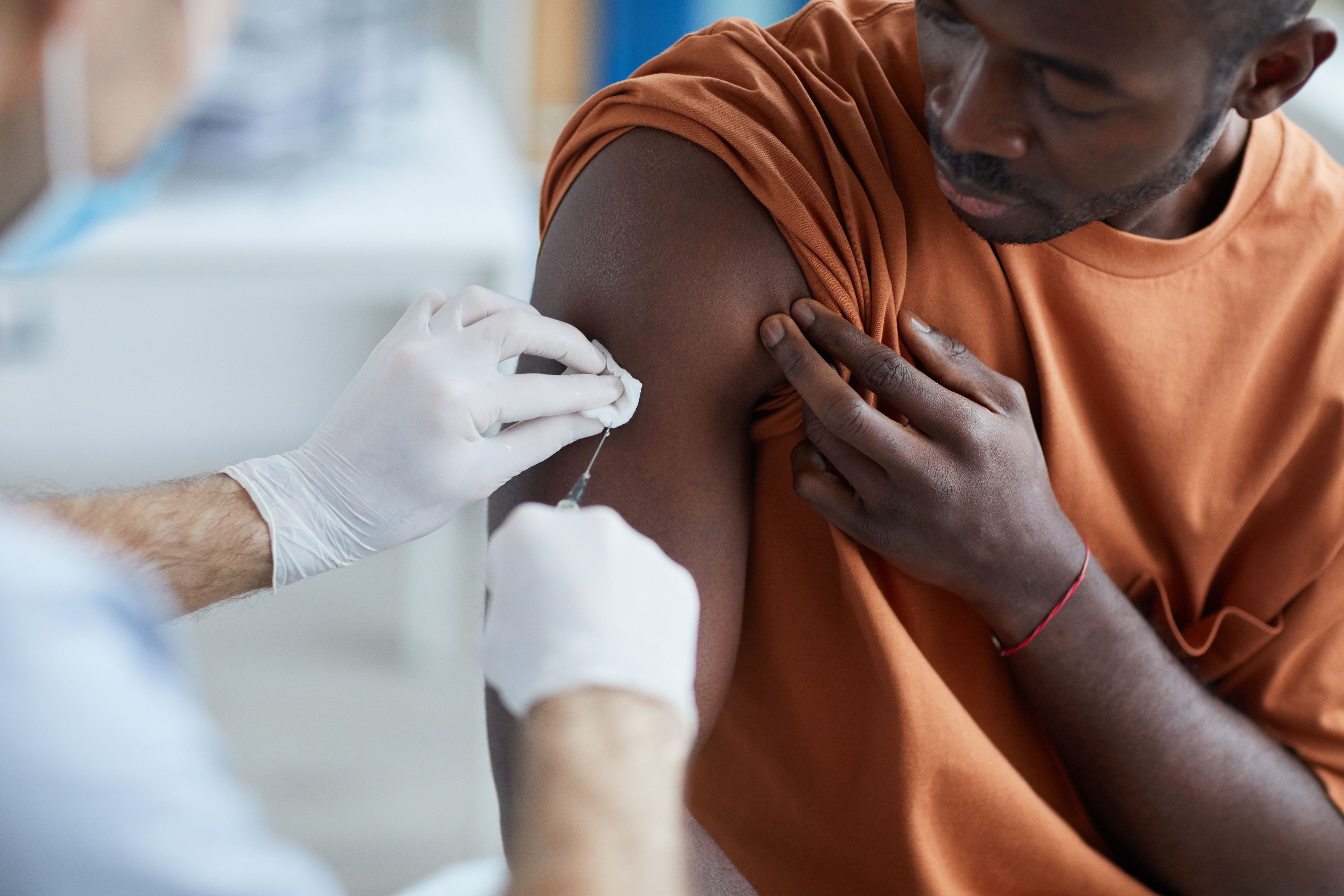COVID-19 Vaccines Bridge Socioeconomic Disparities in Pandemic Impact, CDC Study Shows
This study analyzed 81 communities in Los Angeles and found that once vaccines became widely available, there was no significant difference in COVID-19 incidence between communities of varying income levels.

COVID-19 vaccines mitigated much of the disproportionate impact of the pandemic felt by communities of lower and higher income, according to the US Centers for Disease Control and Prevention’s Morbidity and Mortality Weekly Report (MMWR).
Investigators from the CDC calculated median community vaccination coverage and COVID-19 incidence across 81 communities in Los Angeles to assess disparities in infection incidence and the impact of vaccination on incidence. The investigators included 3 study periods: 2 before vaccine availability (July 2020 and January 2021) and 1 after vaccines were widely available (September 2021).
The CDC noted that COVID-19 has disproportionately affected socially vulnerable communities, which are often categorized by lower income, lower education attainment, and higher proportions of minority populations, among other factors. For the 81 communities included in the analysis, the study authors estimated a total population of about 5 million. They used a Los Angeles Times COVID-19 data repository to track vaccination coverage and incidence data from March 2020 to September 2021, as well as vaccination coverage data available by zip code.
The investigators calculated the adjusted incidence rate ratios (aIRRs) during the peak month of each surge and compared those across communities they had grouped based on median household income percentile. In July 2020, the aIRR between communities in the lowest and highest income median decile was 6.6. In January 2021, the aIRR was 4.3 between the 2 groups. After vaccine accessibility became widespread, in September 2021, the aIRR between the 2 groups was not identified (approximately 0.80), the study authors said.
Those included in the analysis included percentages of people in each of the communities who had completed a primary COVID-19 vaccination series and met the following characteristics:
- Aged less than 65 years
- Male or female
- Non-US born
- Non-Hispanic White, non-Hispanic Black/African American, or Hispanic/Latino
- Completed at least high school
- Had no health insurance
- The average number of persons residing in each household
The study authors observed that the COVID-19 incidence was significantly higher in communities with lower median household income compared to those with higher median household income in the first and second surge periods. However, they noted, once vaccines became widely available, there was not a significant difference between communities when examining it through the lens of median household income. In September 2021, higher median household income was associated with higher community vaccination coverage across all percentiles of income for the lowest- and highest-income communities.
“Within each income stratum, vaccination coverage was inversely associated with COVID-19 incidence; however, the effect was largest in the lowest-income communities,” the study authors wrote.
They noted that the significant interaction between income and vaccination on COVID-19 incidence demonstrated the largest effect of vaccination on disease incidence occurred in the lowest-income communities. For example, a 20% increase in community vaccination was thought to have an estimated 8% reduction in COVID-19 incidence in these lowest-income communities, compared to the highest-income communities.
“These findings highlight the importance of improving access to vaccination and reducing vaccine hesitancy in underserved communities in reducing disparities in COVID-19 incidence,” the study authors wrote.
The investigators noted that during vaccination rollout, programs in California allocated 40% of vaccination appointments to communities in the lowest quartile of the “California Healthy Places Index” (HPI), a policy which indicated that communities most impacted by the pandemic received more vaccines. For their study, the investigators said, all communities in the lowest decile of median income were also in the lowest quartile of HPI. This distribution effort and other factors “likely contributed to the relatively narrow range of estimated adult primary series vaccination coverage rates observed across income strata in Los Angeles County communities,” during the third study period.
“Reducing barriers to vaccination in lower-income communities, including providing updated (bivalent) COVID-19 vaccine boosters, is critical to reducing disparities in disease impact, and decreasing COVID-19–related illness in the United States,” the study authors concluded.
